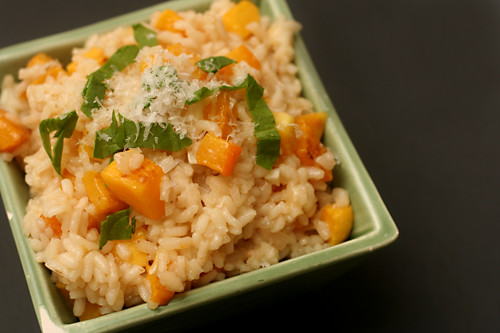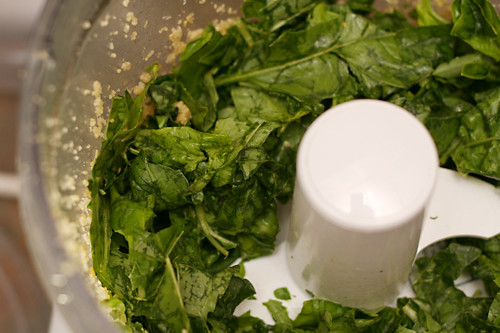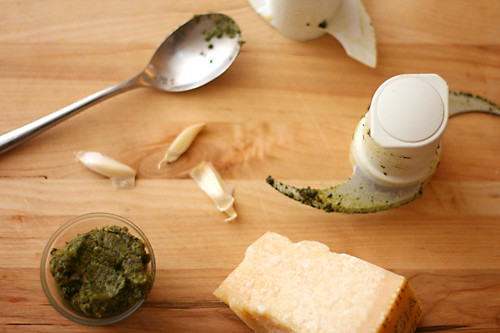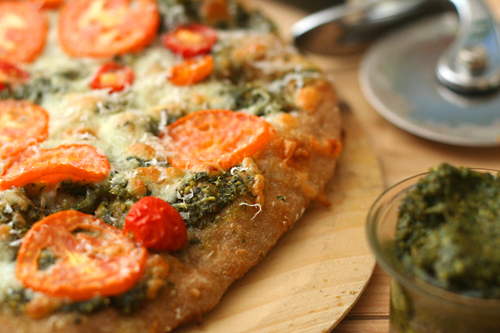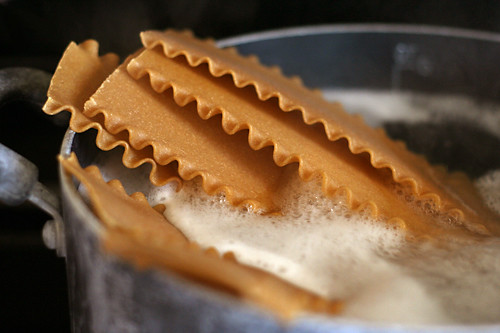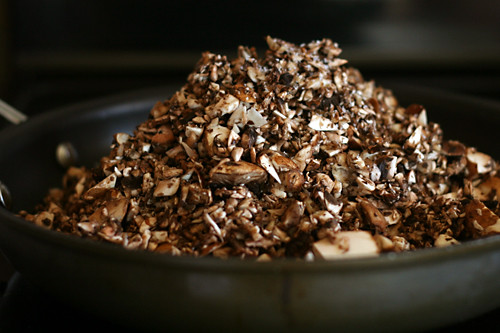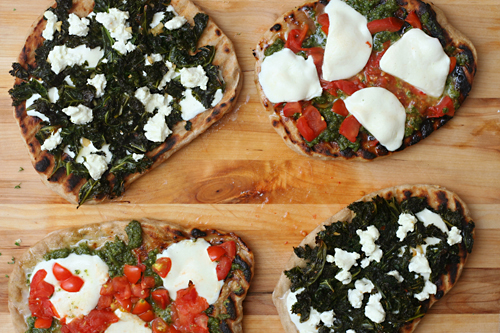I don’t think of myself as much of a shopper. The majority of the clothes I’ve bought over the last year have been thrifted, I rarely buy books or CDs since we moved to a town without a big bookstore, I have no interest in cars beyond dependability and gas mileage, and the only decorations in my office at the place I’ve worked for a year and a half are a bird-shaped mirror that makes me smile every time I see it and three posters on local geology that a coworker was trying to get rid of.
But ingredients are becoming a weakness. I blame living in a small isolated town; because there are so many foods I can’t buy here, when I do have access to a fun new ingredient, I snatch it up. This is why I have a container of truffle salt I’ve only used once and several types of ground and whole mustard seeds which I never got around to using in homemade mustard recipes. It’s probably a good thing Dave rushed me out of the Middle Eastern market we went to for lunch in Albuquerque, so I only had time to buy a container of za’atar and a jar of boysenberry preserves.
I haven’t used the za’atar yet, but the jam was perfect in this light, creamy cheesecake. I added a little more than the recipe called for, and I wished I had used even more. This is one impulse buy I don’t regret one bit.
One year ago: Cardamom Crumb Cake
Two years ago: Cafe Volcano Cookies
Three years ago: Buttery Jam Cookies
Printer Friendly Recipe
Hidden Berry Cream Cheese Torte (from Dorie Greenspan’s Baking: From my Home to Yours)
8 servings
I used 8 ounces of cream cheese, since that’s the normal size of the packages. I also left out the spices.
Crust:
1¾ cups all-purpose flour
½ cup (3.5 ounces) sugar
¼ teaspoon salt
1½ sticks (12 tablespoons) unsalted butter, cut into small pieces and chilled
2 large egg yolks
1 teaspoon pure vanilla extract
Filling:
⅓ cup thick berry or cherry jam
9 ounces cream cheese, at room temperature
8 ounces (1 cup) cottage cheese, at room temperature
¾ cup sugar
¼ teaspoon salt
Pinch of ground cinnamon
Pinch of freshly grated nutmeg
2 large eggs, preferably at room temperature
Confectioners’ sugar, for dusting (optional)
Getting ready: Butter a 9-inch springform pan, dust the inside with flour, and tap out the excess. Place on a baking sheet lined with parchment or a silicone mat.
To make the crust: Put the flour, sugar and salt in a food processor and pulse just to blend. Toss in the pieces of butter and pulse until the mixture resembles coarse meal. Stir the egg yolks and vanilla together with a fork, and, still pulsing the machine, add them and continue to pulse until the dough comes together in clumps and curds—restrain yourself, and don’t allow the dough to form a ball.
Turn the dough out onto a work surface. If you want to roll the dough, gather it into a ball, wrap it in plastic wrap and refrigerate it for about 20 minutes before rolling. (I like to roll this, and all sweet crusts, between sheets of plastic wrap.) Or simply press the dough into the pan. The dough should come about 1½ inches up the sides of the springform. Refrigerate for at least 30 minutes.
Center a rack in the oven and preheat the oven to 375 degrees. Fit a piece of buttered aluminum foil against the crust, covering it completely. Fill the crust lightly with rice, dried beans or pie weights and slide the pan into the oven. Bake the crust for 20 minutes, then carefully remove the foil and weights and bake for another 5 minutes or so—you don’t want the crust to get too brown. Transfer to a rack to cool while you make the filling. Lower the oven temperature to 350 degrees.
To make the filling: Stir the jam and spread it over the bottom of the crust—it’s okay to do this while the crust is still warm.
Put the cream cheese and cottage cheese into the food processor and process, scraping down the sides of the bowl a few times, for 2 minutes, until you’ve got a smooth, satiny mix. Add the sugar, salt and spices and process for another 30 seconds. With the machine running, add the eggs and process, scraping the bowl as needed for a final minute. Pour the filling over the jam.
Bake the cake for 60 to 70 minutes, or until the filling is uniformly puffed and no longer jiggly. Gently transfer the springform pan to a cooling rack and allow the torte to cool to room temperature, during which time the filling will collapse into a thin, elegant layer.
Run a blunt knife between the crust and the sides of the pan, then open and remove the sides of the springform. If the sides of the crust extend above the filling and you don’t like this look, very gently saw off the excess crust using a serrated knife. Chill the torte slightly or thoroughly before serving and dust with confectioner’s sugar.

















